15 Forgotten Resident Evil Clones That Deserve More Love
They're collectively known as Resident Evil clones, but these so-called "rip-offs" are so much better than you probably think.
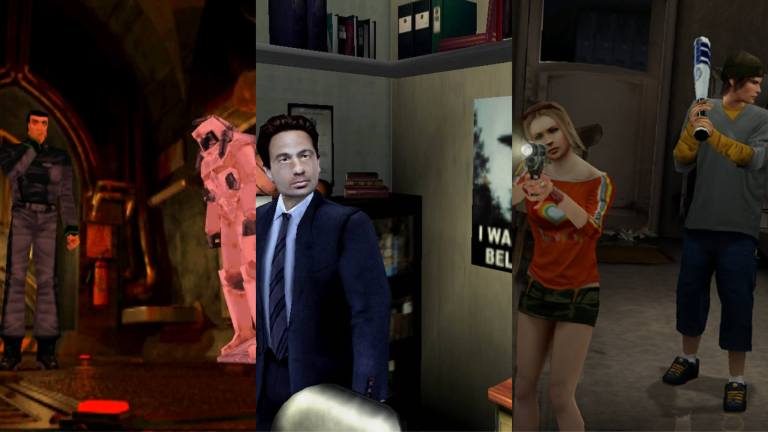
The history of video games is filled with brief eras of “clone” titles. In the early ’90s, there were various “Doom clones” that are now known as revolutionary first-person shooters. In the ’80s, Dragon Quest clones eventually contributed to the global rise of the JRPG genre. Even now, you still have incredible games trying to free themselves of the “Dark Souls clone” label. Yet, there are few clones that have historically received less respect than Resident Evil clones.
Even though it borrowed quite a few ideas from titles that came before (most notably Sweet Home and Alone in the Dark), 1996’s Resident Evil really did change the horror gaming landscape pretty much overnight. Naturally, Resident Evil‘s success led to a number of similar titles that borrowed some of that game’s best ideas.
While we eventually began referring to such games as survival horror titles rather than simple clones, it seems like there’s always been an unusual amount of disdain for some of those games that followed closest in Resident Evil‘s footsteps. Perhaps there was a time when the market was flooded with such games for a little too long, but it’s a lot easier to appreciate those same games these days when we’re starved for such titles. Besides, a lot of those games were actually pretty great (or at least interesting) in their own right.
As always, let’s look at a few rules used to assemble this list before we dive into the games themselves.
- A game doesn’t need to be an exact copy of Resident Evil to be considered a clone for the purposes of this list. Any title that featured a combination of trademark Resident Evil elements (such as tank controls and fixed camera perspectives, etc.) was likely in consideration.
- This list includes both Resident Evil and Resident Evil 4 clones.
- Finally, the use of the word “clone” isn’t meant to be derogatory. The point of this article is to make the argument that these so-called clones deserve a legacy of their own.
With that out of the way, let’s hop into the lab and dissect some of the greatest Resident Evil clones you probably never played.
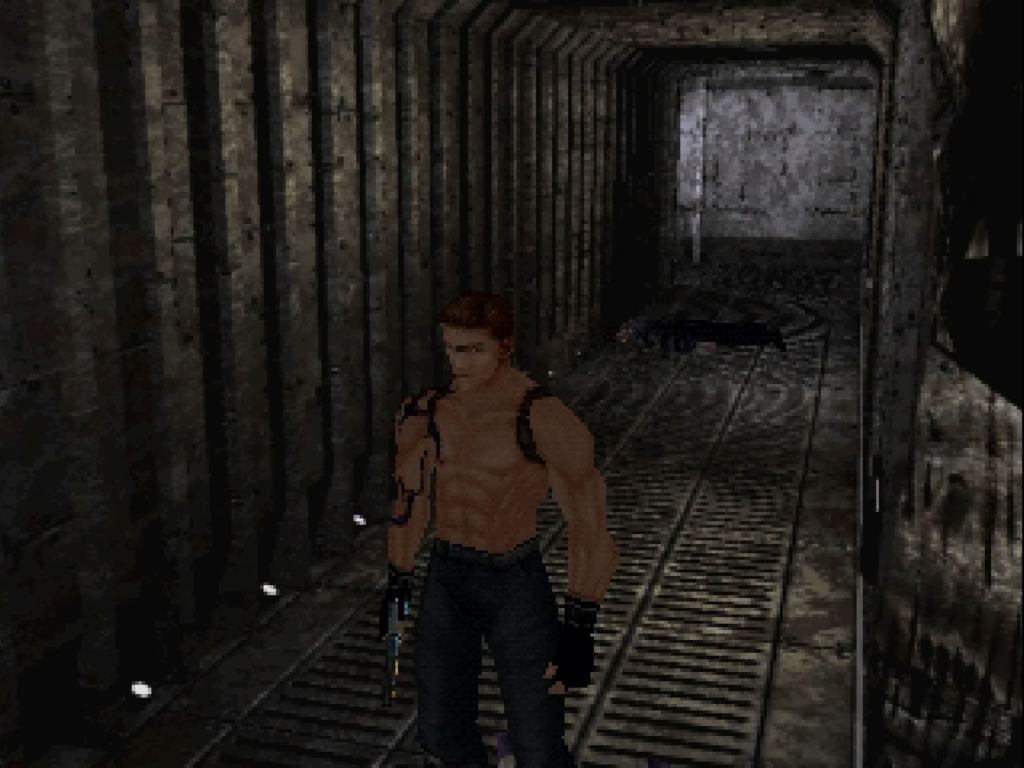
15. Countdown: Vampires
I’ll be real honest with you. Countdown: Vampires is not a good game in the traditional sense of the word. In fact, it’s actually an incredibly bad game in most respects. Its terrible controls and often wonky camera system make the game’s already questionable action and puzzle sequences even more of a chore. This game’s acting and writing also make the PS1 version of Resident Evil look like Red Dead Redemption 2.
However, Countdown: Vampires really is one of those rare “so bad, they’re good” video games. If you can get past this title’s more frustrating gameplay elements, you’ll find an amusing piece of B-grade entertainment that will leave you wondering how this one possibly got made. This game just perfectly encapsulates the lovable lows of its era of survival horror titles.
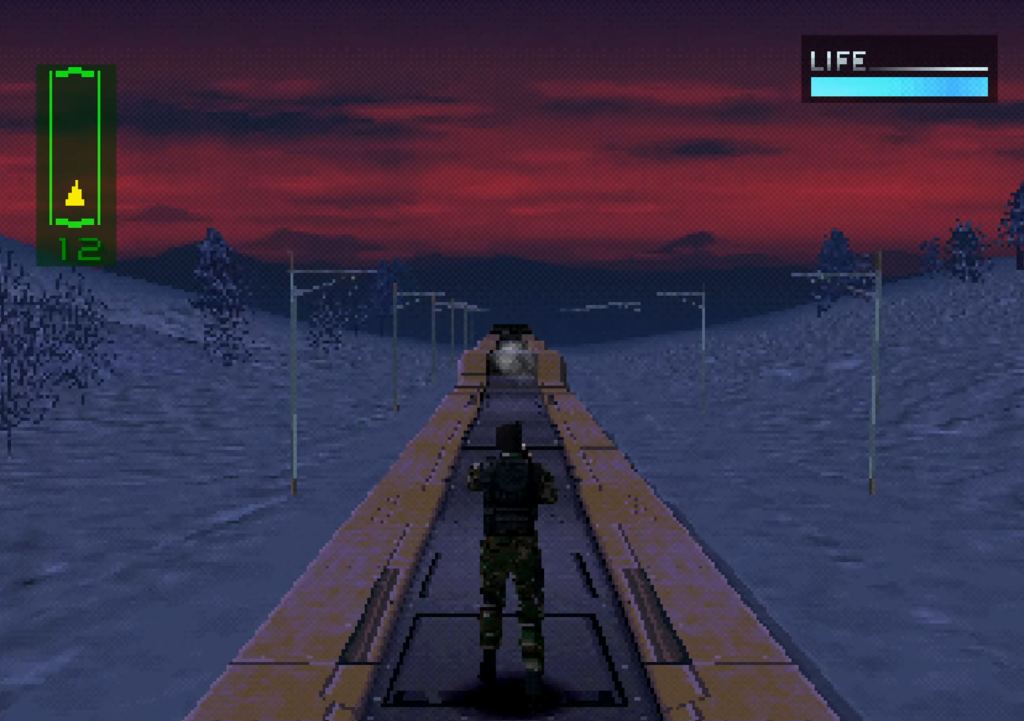
14. Covert Ops: Nuclear Dawn (aka Chase the Express)
Covert Ops is a pure action title rather than a horror game, which already makes it a fringe candidate for this list. However, it’s impossible to deny that this game was clearly influenced by Resident Evil. The fixed cameras, the pre-rendered environments, the controls, the pacing…it’s all there. More importantly, this game actually features some truly fascinating concepts that other games honestly should have borrowed.
Covert Ops sees you infiltrate a hijacked train in order to stop a group of terrorists. The entire game takes place on that train, which, despite all the backtracking that premise requires, is really the perfect set-up for a ’90s action adventure. More importantly, this game’s espionage puzzle sequences make you feel like so much more than a hired gun. It turns out that Resident Evil-like gameplay goes surprisingly well with a Mission Impossible-like premise.
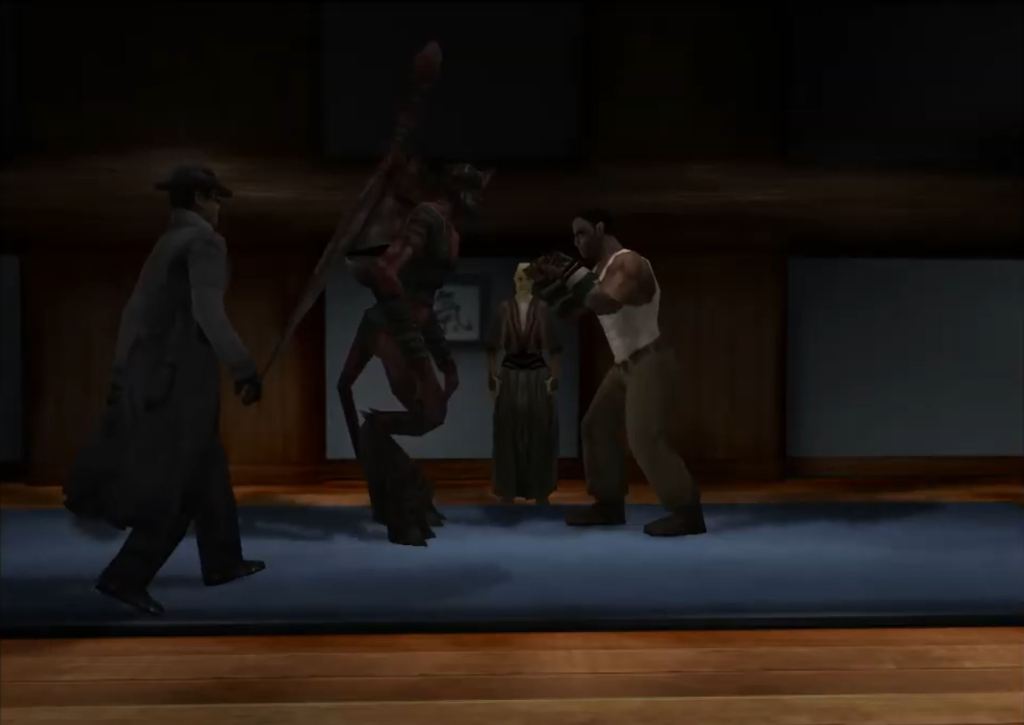
13. Nocturne
Nocturne was actually treated as a pretty big deal in the months leading up to its much-hyped October 1999 release date. The game’s advanced graphics (which are honestly pretty impressive to this day) were touted as the future of the medium, while Nocturne‘s “secret supernatural detectives” premise intrigued X-Files fans everywhere. Sadly, this game’s control and camera problems (as well as its absurd system requirements) spoiled some of that hype and contributed to the game’s decidedly mixed reception.
Legitimate issues aside, Nocturne really is an unsung gem of the genre. Now that we all own computers that can run this game as it was meant to be run, it’s much easier to appreciate this title’s incredible gothic environments, fantastic story beats, and memorable scares. This is a great game to lose yourself in when for those times when you just want to be wrapped in a loving world of horror.
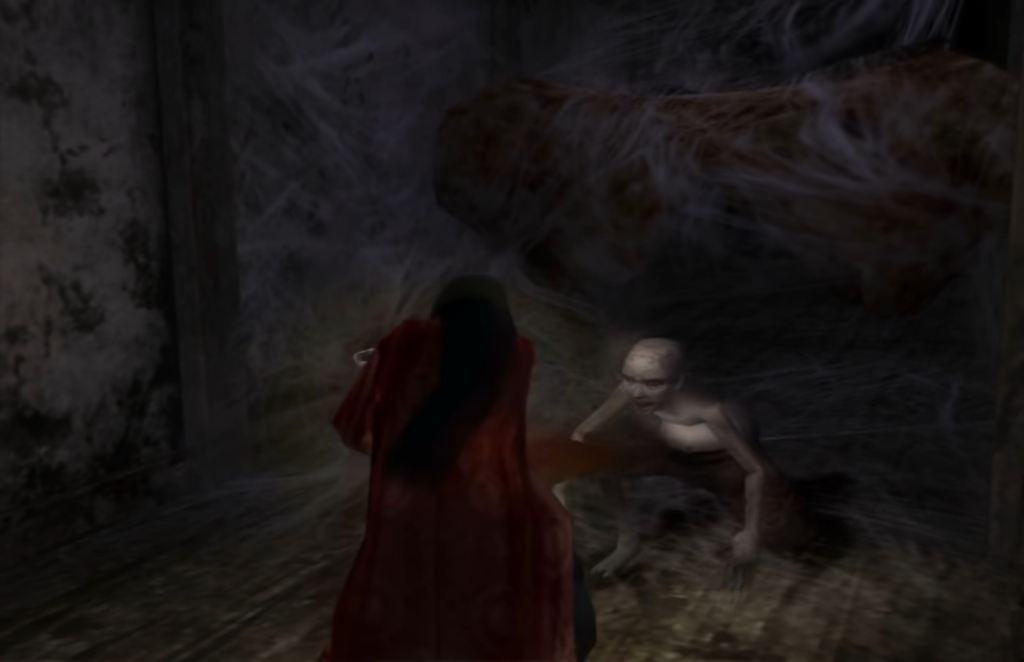
12. Kuon
The incredible success of FromSoftware’s Soulsborne games has inspired many gamers to revisit that studio’s library. Those who venture into that developer’s history will numerous games that were certainly rough but benefited from some truly fascinating ideas. Kuon may just be the ultimate example of FromSoftware’s history of almost landing that big swing.
Set in Japan’s Heian period, Kuon sees you play as three protagonists tasked with navigating a massive manor. This game suffers from some of the most frustrating controls and puzzles you’ll find in a Resident Evil clone, but I don’t know if I’ve ever played a horror game that handles the Japanese ghost story aesthetic quite as well as this one. This game is truly terrifying in unique and often subtle ways. It’s a shame that it’s also one of the rarest PS2 games in existence.
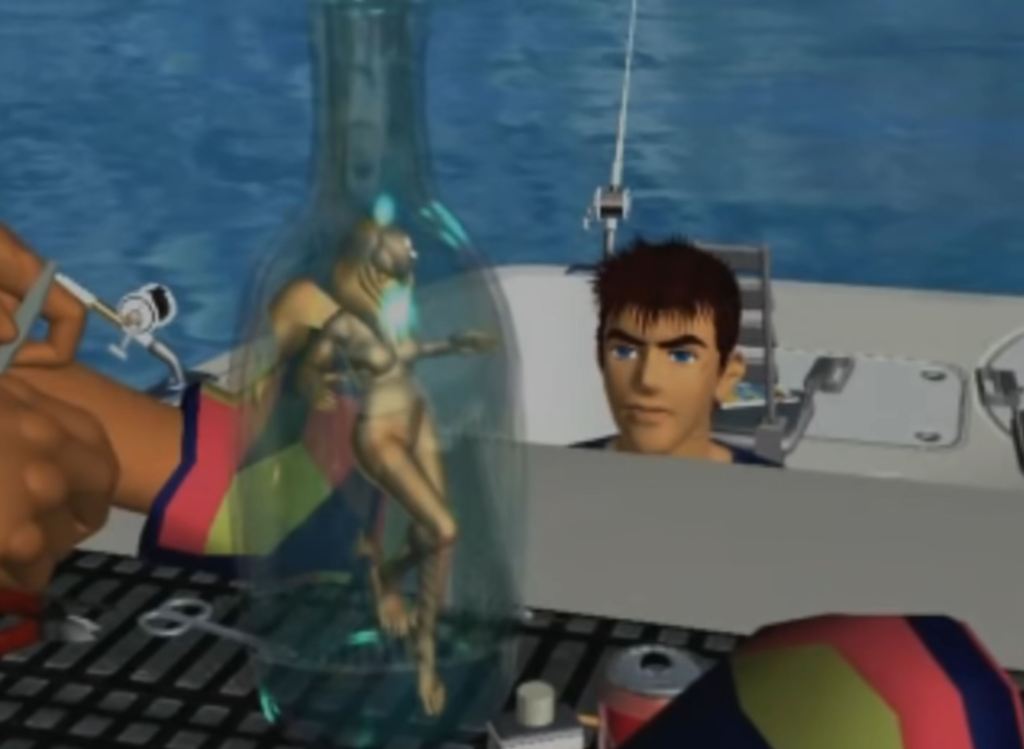
11. Blue Stinger
Blue Stinger is certainly one of the more shameless Resident Evil clones out there. Hell, this title’s dinosaur-driven plot and action even rip off another Resident Evil clone, Dino Crisis. However, before you banish Blue Stinger to Dinosaur Island (the actual name of a location in this game), it’s worth paying some respect to this title’s best ideas and technical innovations.
Actually, Blue Stinger’s fully-rendered 3D environments were exactly the kind of technical innovation survival horror games needed at the start of the Dreamcast generation of gaming hardware. Granted, this game’s environments looked…bad, but the freedom they offered allowed Blue Stinger’s developers to play with different kinds of puzzles and more free-form action sequences. The “quality” of this game’s voice acting also has to be heard to be believed.
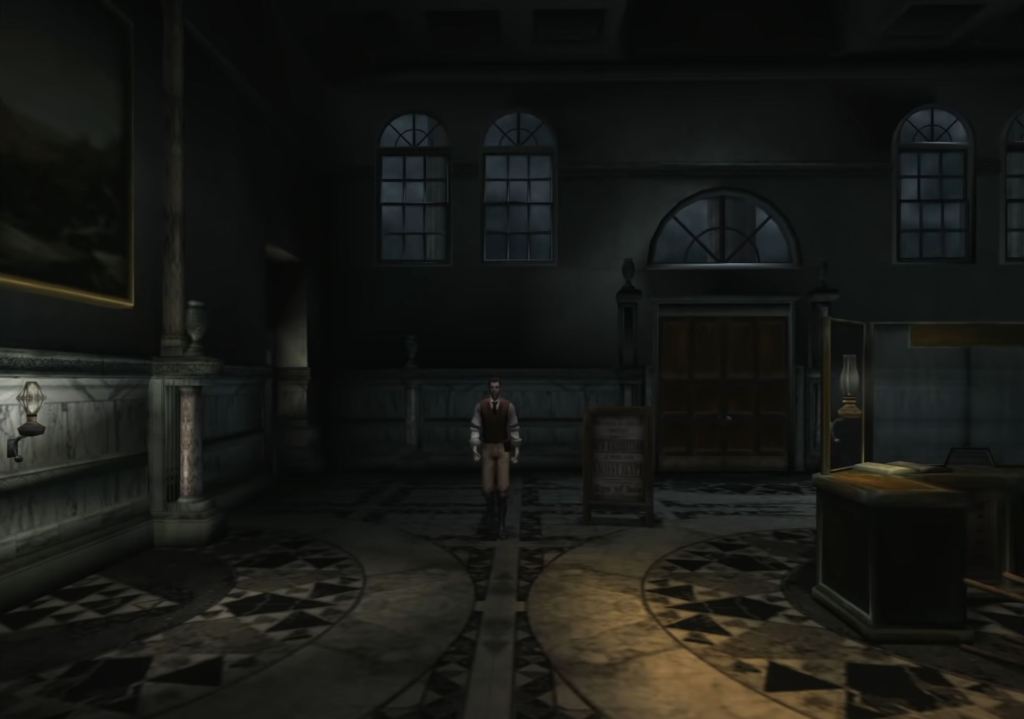
10. Curse: The Eye of Isis
This game flew way under the radar when it was released in 2003, and I can honestly see why. Not only were Resident Evil clones generally less popular at that time, but this game’s bugs and weirdly specific retro adventure theme made it a pretty tough sell.
Yet, Curse might be the easiest recommendation on this entire list. Not only is the game available on Steam in a slightly upgraded form, but Curse’s story and settings are sure to please fans of games like Eternal Darkness or even the Indiana Jones movies. Imagine if someone converted a point-and-click adventure game into a Resident Evil-like survival horror title, and you’ll have a pretty good idea of what this one offers. It’s a shame that old-school-minded survival horror games like Curse would soon fall out of favor, because this game showed that the Resident Evil clone concept still had a lot of creative life left in it.
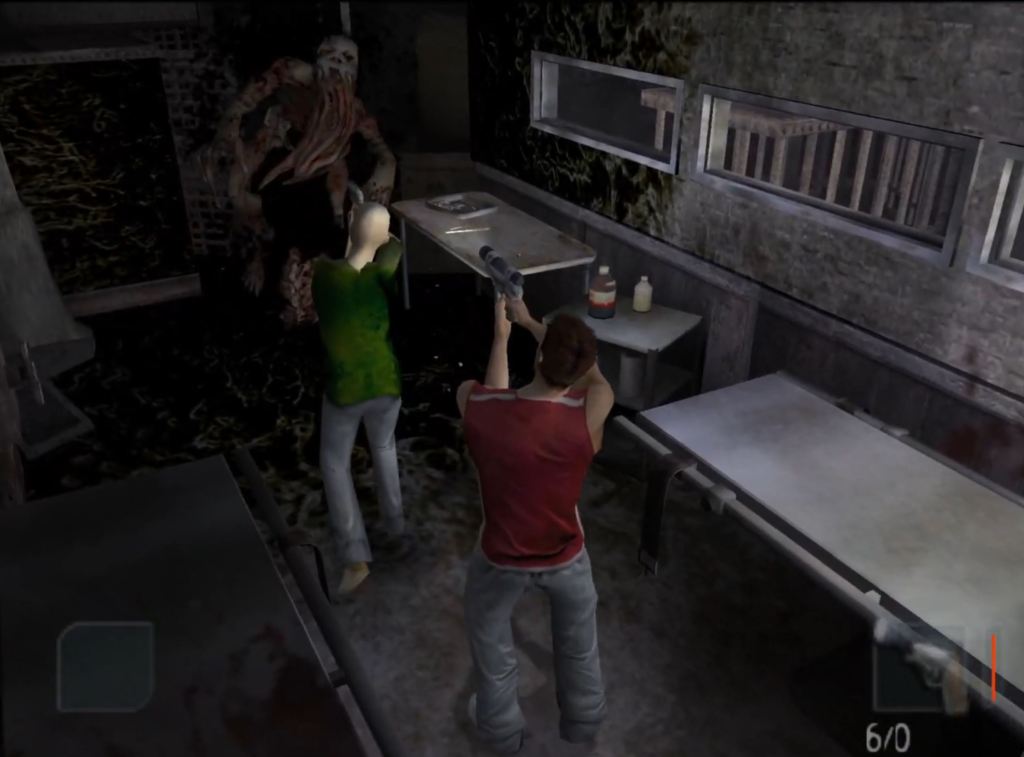
9. Obscure
Supermassive Games’ recent productions (most notably, Until Dawn and The Quarry) rightfully receive credit for paying homage to a variety of classic horror cliches, but they certainly weren’t the first games to utilize that approach. Actually, I feel like Obscure would have been a huge horror hit if it had only been released in a slightly more modern era.
Obscure casts you as five high school students who happen to represent some of horror’s most popular cliches. In a brilliant mechanical twist, though, each of those “cliches” come with certain abilities unique to those characters. For instance, the nerd offers tips on puzzles while the stoner knows how to break into rooms. Surviving in this survival horror title requires you to utilize all of those characters’ abilities to overcome various puzzles and combat challenges. It’s an inspired concept that makes the most out of those Resident Evil tropes without ever being entirely beholden to them.
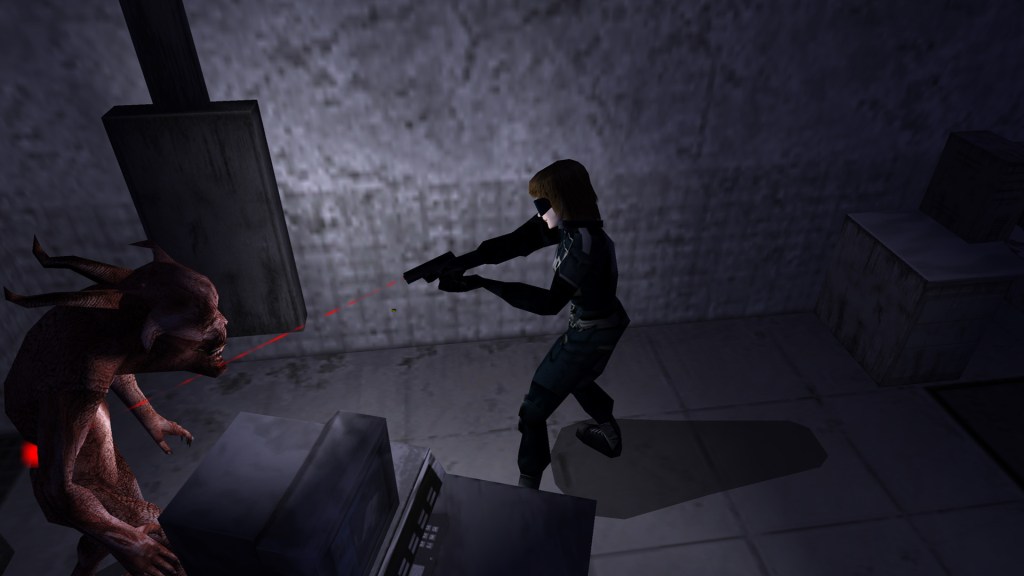
8. The Ring: Terror’s Realm
Strangely enough, this game was actually based on the novels that inspired Ringu and The Ring rather than the movies themselves. To be more accurate, it’s a very loose adaptation of those novels that makes every concession required to squeeze those stories’ core concepts into a fairly formulaic 2000 survival horror game.
What ultimately “saves” this game (at least to some degree) is its “WTF?” storytelling. It’s a surprisingly campy horror game that tries to balance inexplicable plot points, characters, and moments with the occasional moment of true terror. I don’t even know if the people who made this game would call it “good” but there is something charming about how painfully retro the whole thing is.
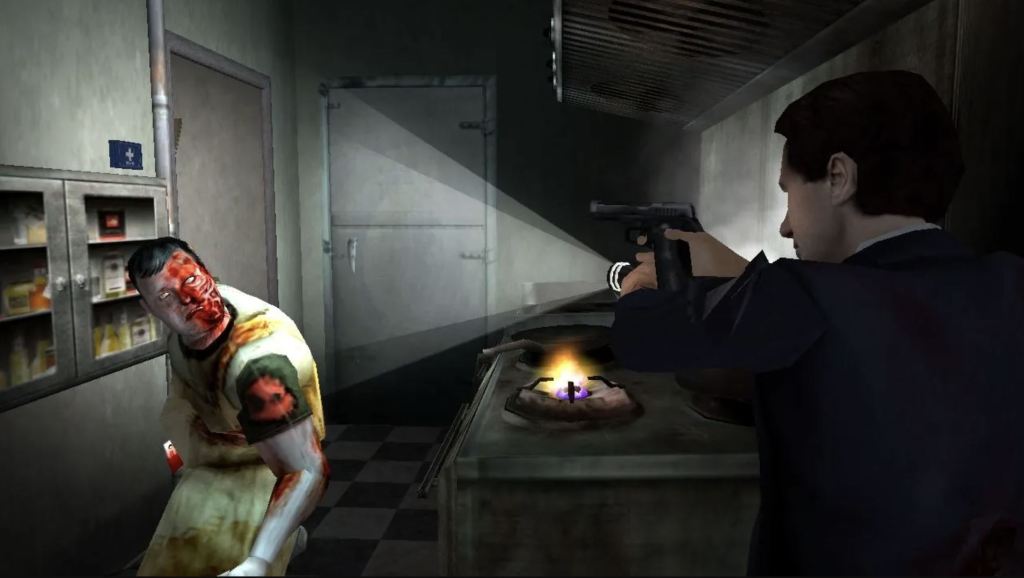
7. The X-Files: Resist Or Serve
There’s nothing more ‘90s than an X-Files video game that copies most of Resident Evil’s revolutionary survival horror concepts. That’s why it’s so strange that Resist or Serve was actually released in 2004. Indeed, this game’s late release date may have been a big part of the reason why it debuted to a resounding “meh” from critics and fans.
Years later, though, it’s easy to appreciate what this game was going for. Its very RE-like gameplay may have been seen as tired in 2004, but there’s a charm to those classic genre concepts that is so much easier to appreciate today. Similarly, the game’s story is sometimes rough (the plot was advertised as “three lost episodes” from the show’s equally uneven seventh season), but that episodic storytelling really lets you buy into the idea of playing through the beloved show. This game was just a couple of tweaks away from greatness.
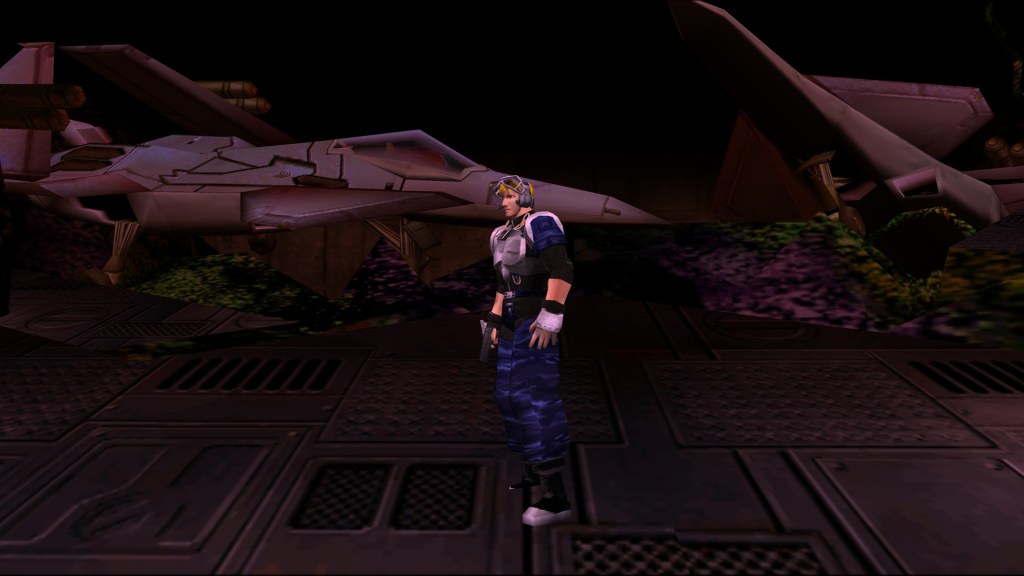
6. Carrier
Carrier is perhaps best known for being one of the earliest truly 3D survival horror games that didn’t look like scalding hot garbage. However, I’d argue that this game deserves to be remembered as much more than a technological novelty.
At the very least, Carrier is a solid survival horror game that is very much representative of a beloved era for that genre. However, Carrier really distinguishes itself through its surprisingly complicated geopolitical plot and advanced targeting system that really feels like an inspiration for Dead Space’s necromorph direction action. While this game’s rough edges prove to be a little too hard to ignore, Carrier is another example of why the Dreamcast era of survival horror games didn’t last nearly long enough.
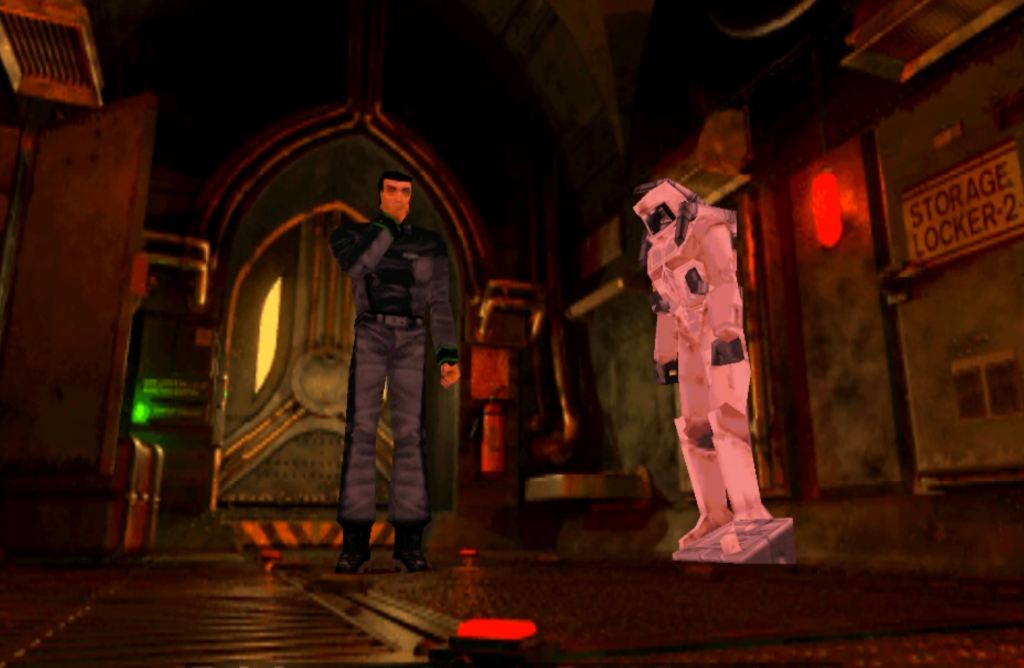
5. Martian Gothic: Unification
This one actually just missed our list of the best sci-fi horror games ever made. In fact, this is one of those games that I tend to believe was only ignored because of the stigma surrounding Resident Evil-like survival horror games that was starting to take root by late 2000.
Martian Gothic sees players visit a space station that has mysteriously gone radio silent. Try not to be surprised, but it turns out that something has gone terribly wrong. Familiar setup aside, Martian Gothic really makes a name for itself via its emphasis on survival mechanics. Everything from your save slots to your inventory spaces is severely limited in this game, which is bad news considering that many of Martian Gothic’s enemies can’t be put down for good. There’s an almost Metroidvania-like quality to this game’s structure, puzzles, and atmosphere that will leave you wondering why we’re not all singing this game’s praises to this day.
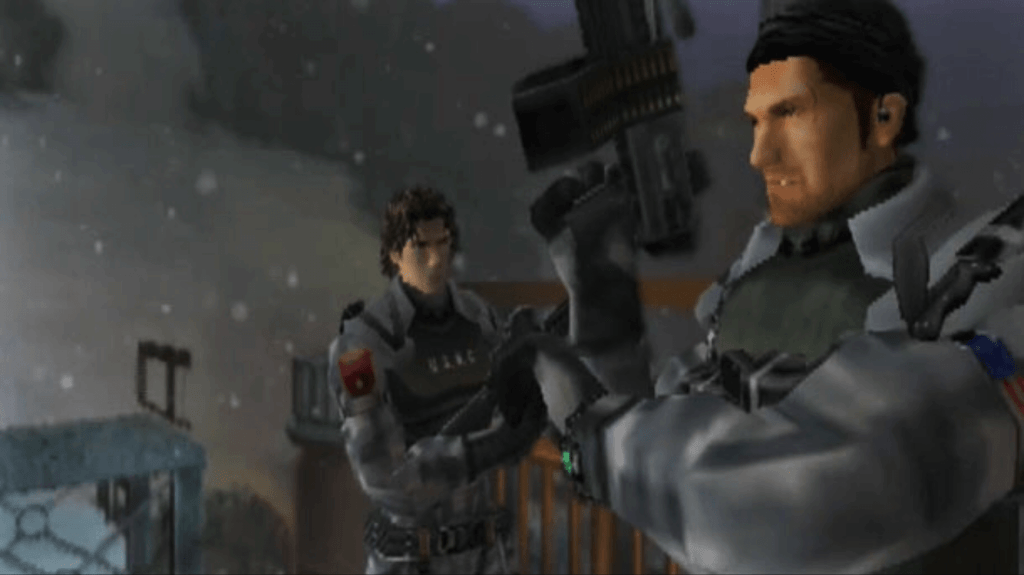
4. Extermination
By the early 2000s, survival horror developers were looking for gimmicks that would help their games stand out in a suddenly congested genre. While Extermination features such a gimmick (a Thing-like infection system that forces you to monitor your protagonists’ health at all times), this title’s true calling card is its commitment to the fundamentals of the genre.
Nothing comes easy in Extermination. Defeating even basic enemies requires an amount of ammunition you likely won’t regularly have access to, while managing your infection rate soon proves to be a separate game in and of itself. You soon realize that your best bet is often to just run away. While that lack of non-stop action could have been boring, Extermination is anything but. This game is a consistently thrilling reminder of how much fun it is to survive a situation that seems impossible.
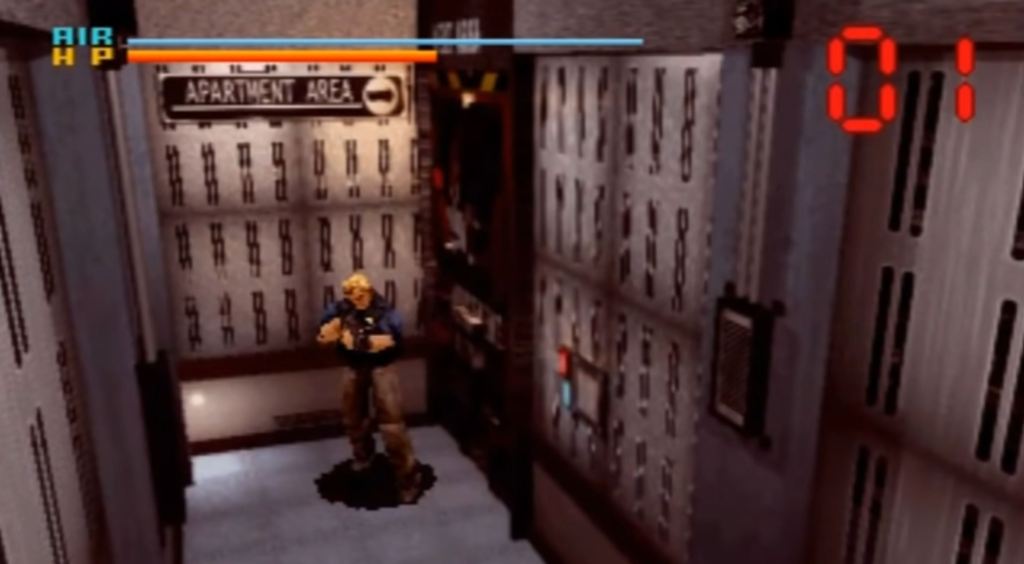
3. Deep Fear
Generally speaking, it wasn’t easy being a Sega Saturn game. It certainly wasn’t easy being a Sega Saturn game released near the end of that console’s lifespan, and it really wasn’t easy being a Sega Saturn game released near the end of that console’s lifespan that never even made it to North America. Well, Deep Fear ran into all of those obstacles. Had it not, it would surely be remembered as one of the absolute best survival horror games of the mid-’90s.
Deep Fear’s underwater setting and oxygen-focused survival mechanics give it that little special something that all “Resident Evil clones” needed. Yet, the thing that really makes this game great is its slightly more active style of survival horror gameplay. Combat is far more fluid in this game than in early RE games, and you’re able to perform basic functions so much more quickly thanks to the Saturn’s extra interface buttons. This is just an exceptional example of refined survival horror gameplay that still retains the genre’s tensest elements. It should have been the start of a great franchise.
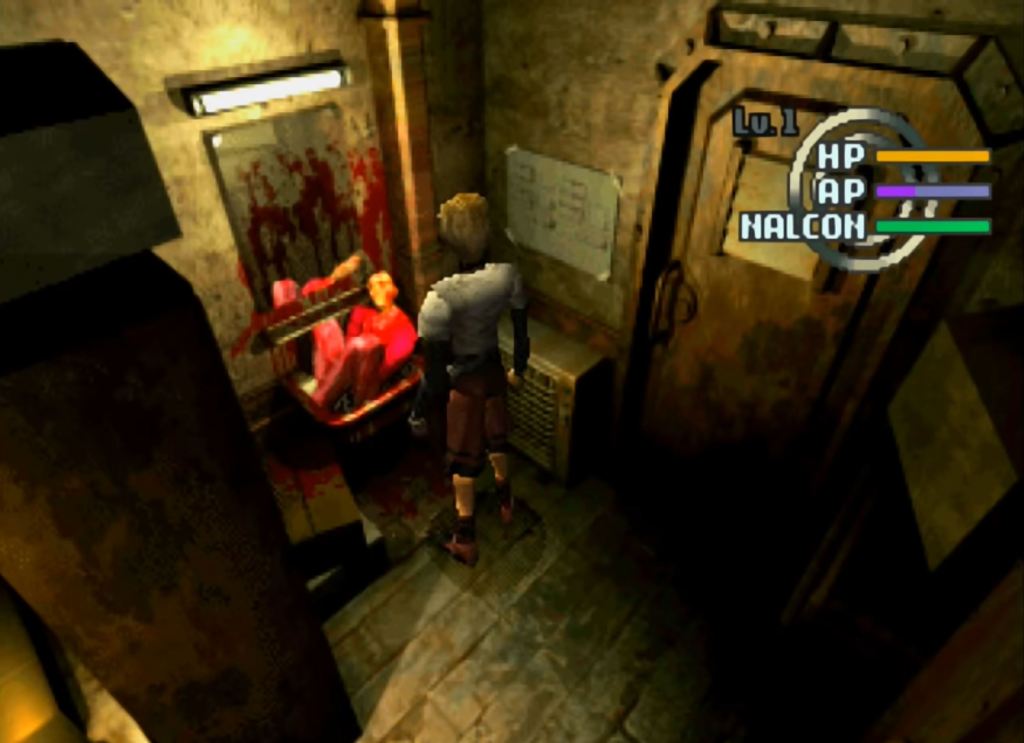
2. Galerians
I genuinely think it’s impossible for any survival horror fan to play Galerians and not wonder why this 1999/2000 title has yet to receive a remaster, remake, or sequel. After all, how can’t you love a Resident Evil-style survival horror game that exchanges guns and explosives for psychic powers?
Galerians use of psychic powers may be the best example of that concept I’ve ever seen in a game. Such powerful abilities could remove the tension from many horror titles (see Friday the 13th Part VII: The New Blood), but the decision to make those abilities both limited and potentially fatal to the player makes Galerians truly special. That risk/reward system makes combat in Galerians equally thrilling and terrifying, while the game’s greatest scares and most disturbing imagery are guaranteed to haunt your mind. Many of us took this game for granted at a time when it was far too easy to do so.

1. Cold Fear
You’ll undoubtedly notice that most of the games on this list are Resident Evil clones rather than Resident Evil 4 clones. That’s partially because there are so many RE clones once upon a time and partially because so many RE 4 clones are either famous in their own right (Dead Space) or not really worth discussing. Actually, I’ve never been entirely sure why everyone who knows and loves RE 4 doesn’t also know just how great 2005’s Cold Fear really is.
Indeed, it feels odd calling Cold Fear a clone given that it was released just a couple of months after Resident Evil 4 (despite the obvious similarities between the two). For that matter, it feels odd calling Cold Fear a clone at all given that the game features certain ideas that I’ve never seen properly replicated in any other survival horror title. From the way you have to constantly manage your character’s balance as they try to cross a ship stuck in troubled waters to the fact that you can’t carry more ammo than you can load in your gun, Cold Fear is brimming with incredible ideas that fit the genre like a glove.
Nearly every aspect of this game just works. It may not be the scariest game on this list, but it is arguably the most complete. Do yourself a favor and play this on as soon as possible if you’ve never had the pleasure.
